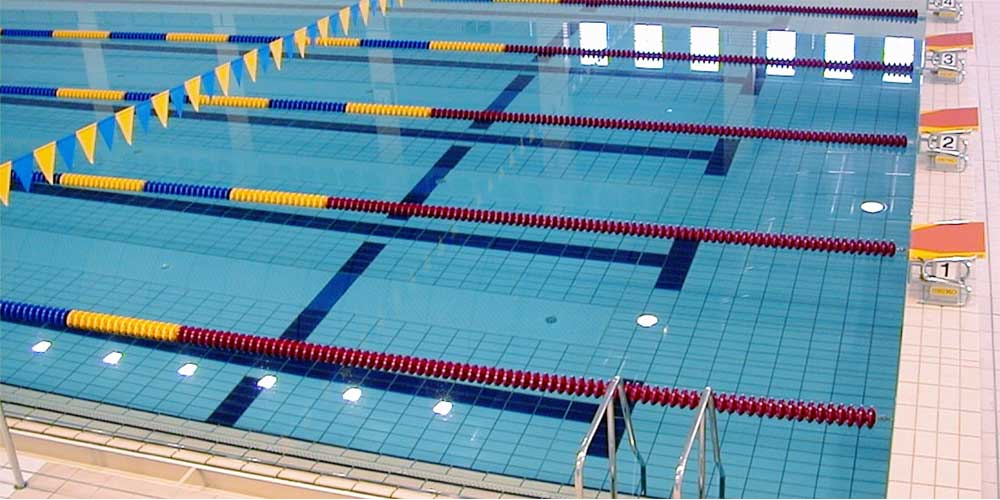Having a sparkling, crystal-clear pool to enjoy on a hot summer day is a dream for many homeowners. However, sometimes despite diligent maintenance efforts, pool water can turn an unappealing shade of green. This phenomenon can be perplexing, especially when the chlorine levels are seemingly high. Let’s delve into the possible causes and solutions for this issue.
Understanding the Causes:
Algae Growth: One of the most common reasons for green pool water is algae growth. Algae thrive in warm, stagnant water, especially when there’s an abundance of sunlight. Even with high chlorine levels, certain types of algae, like green algae, can still proliferate if the pool water’s pH level is imbalanced or if the pool lacks proper circulation.
pH is too high: This can happen when the pool water’s pH level is too high or too low, causing the chlorine to lose its sanitizing power. As a result, algae can flourish despite the presence of high chlorine levels.
Insufficient Filtration: Inadequate filtration can also contribute to the formation of green pool water. If the pool’s filter is clogged or not functioning correctly, it won’t be able to remove algae spores and other contaminants effectively, allowing algae to multiply unchecked.
Exceeding the standard of heavy metals: When the heavy metals in the swimming pool exceed the standard, it will cause the swimming pool water to turn green, thus affecting the water quality and affecting the experience of swimmers.
Resolving the Issue:
Check pH Levels: Maintaining the proper pH balance is crucial for chlorine to work effectively. Ideally, the pH level should be between 7.2 and 7.6. If the pH level is too high, chlorine becomes less effective, leading to algae growth despite high chlorine levels. Using pH-adjusting chemicals, such as pH increasers or decreasers, can help restore the balance.
Enhancing Circulation and Filtration: Improving the circulation and filtration of pool water is vital for preventing algae growth. Running the pool pump for an adequate amount of time each day ensures that water is circulated and filtered properly, reducing the likelihood of algae formation. Additionally, regularly cleaning or backwashing the pool filter helps maintain its efficiency.
Algaecide Treatment: In cases of algae infestation, using an algaecide can be beneficial. Algaecides are chemicals specifically designed to kill algae and prevent its regrowth. However, it’s essential to choose the right type of algaecide for the specific algae species present in the pool and to follow the manufacturer’s instructions for application.
Shock Treatment: To combat algae growth, a shock treatment is often necessary. This involves adding a large dose of chlorine to the pool to raise the chlorine levels significantly, effectively killing off the algae. It’s essential to follow the manufacturer’s instructions carefully when performing a shock treatment to ensure safety and effectiveness.
Preventative Maintenance: Consistent pool maintenance is key to preventing green water and other water quality issues. This includes regularly testing the water chemistry, brushing the pool walls and floor to prevent algae buildup, and maintaining proper chlorine and pH levels.
In conclusion, dealing with green pool water despite high chlorine levels can be , but it’s not insurmountable. By understanding the underlying causes and implementing appropriate solutions such as shock treatments, pH adjustment, improved circulation and filtration, algaecide treatment, and preventative maintenance, homeowners can restore their pool water to its pristine condition and enjoy a refreshing swim all summer long.
Post time: Apr-08-2024

